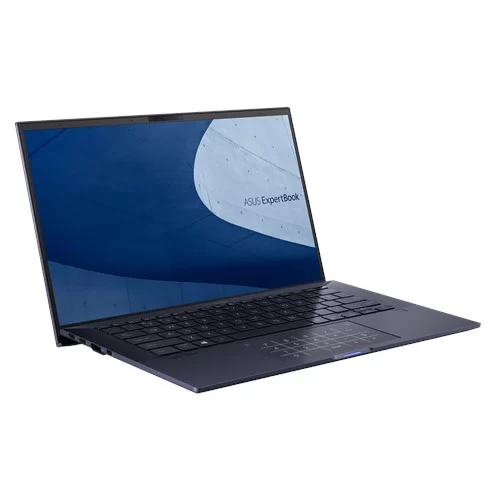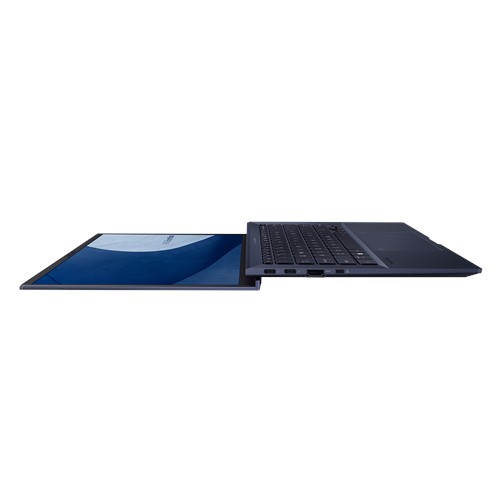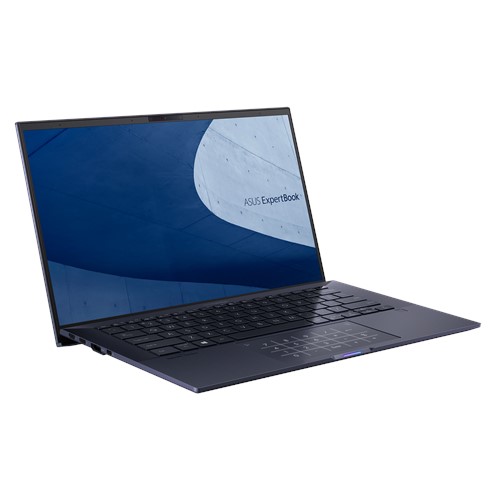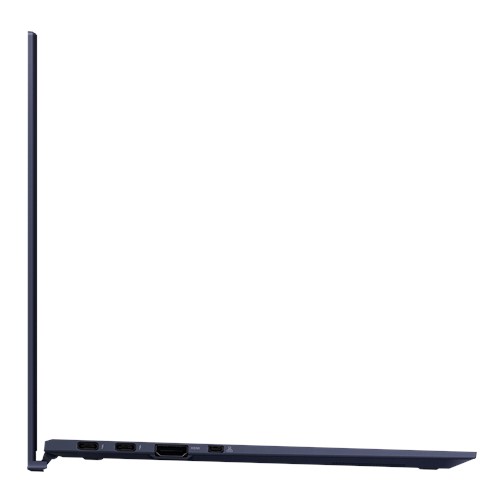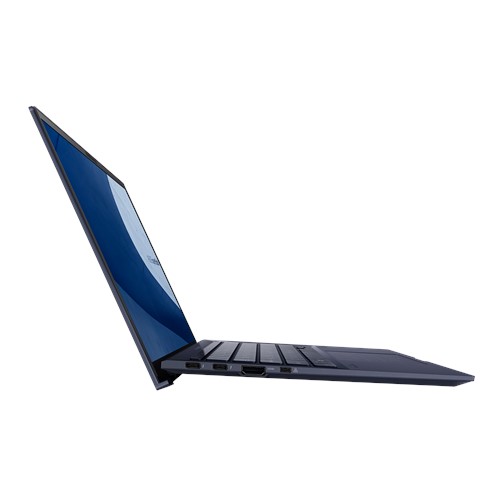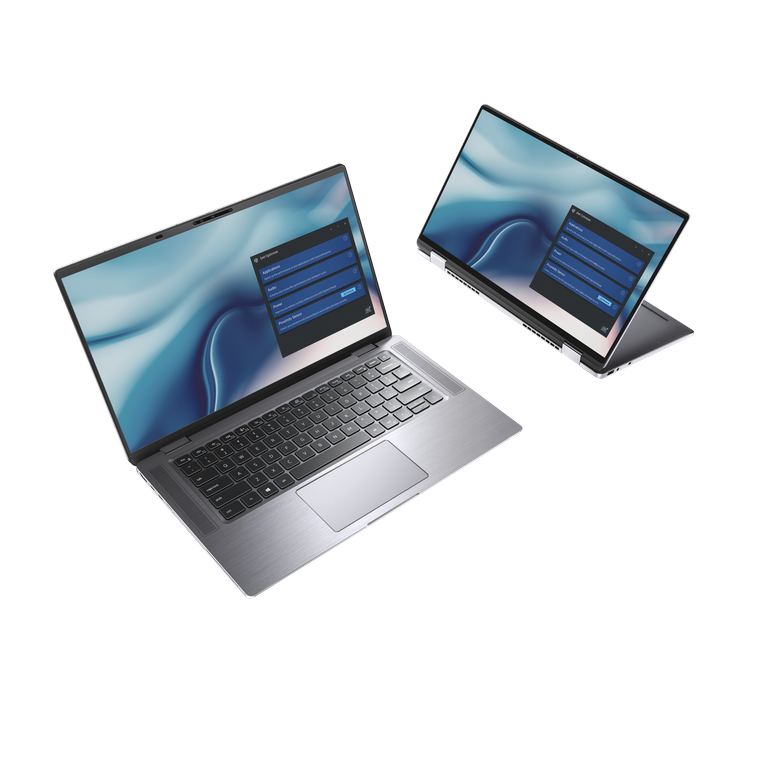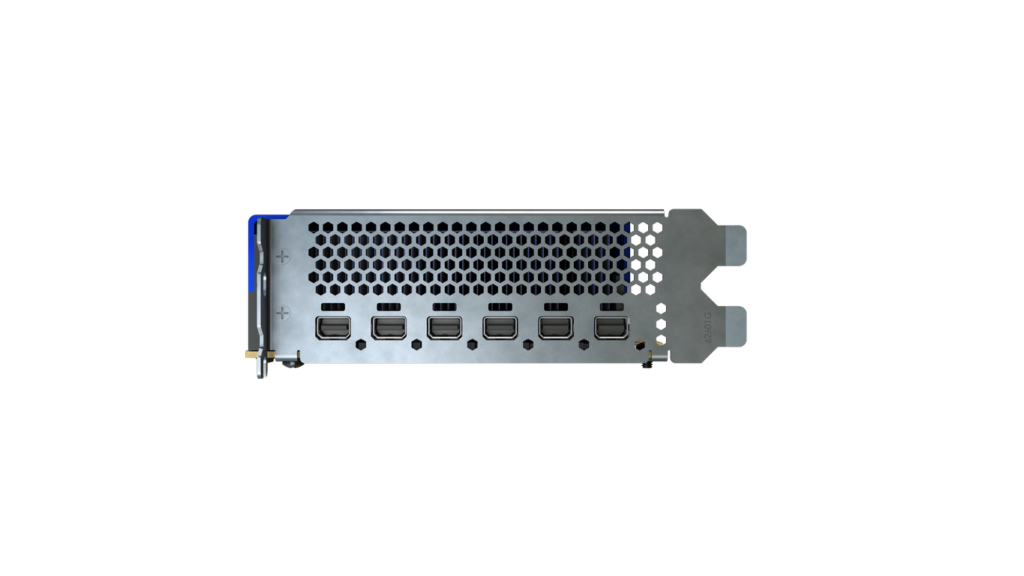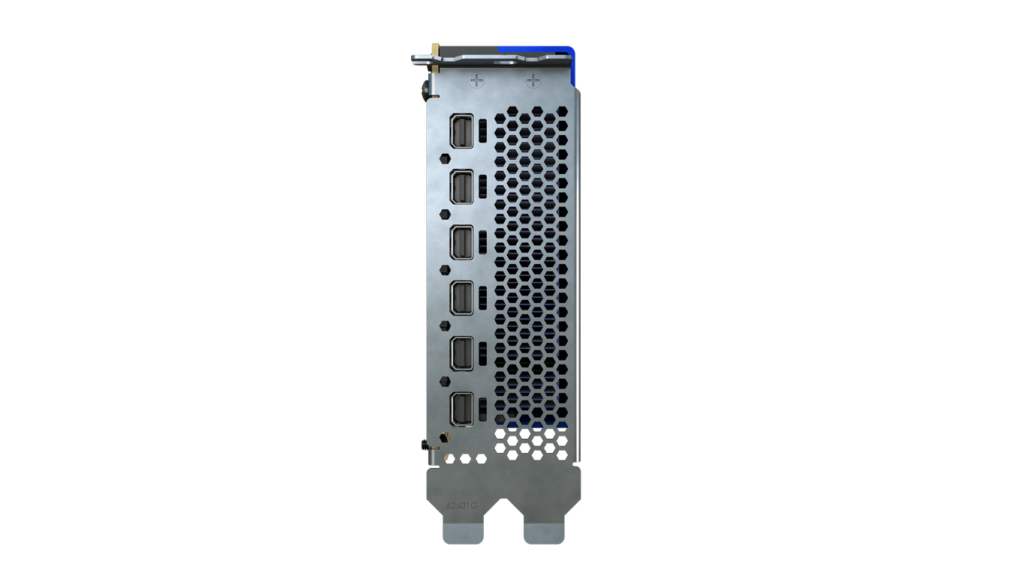When it comes to networking there’s a myriad of considerations that go into securing, deploying and even managing the network. This is further exacerbated when it comes to large networks with the current perimeter of safety being disintegrated with BYOD (Bring Your Own Devices) and even with distance work cultures. Corporations and even homes are left with a huge gap that they have had to fill with multiple solutions which sometimes just don’t coalesce.
Aruba has been hard at work developing a solution that will help companies be forward thinking while keeping their security in check. Their new ESP (Edge Services Platform) allows companies to adopt policies such as BYOD without compromising their network security and without them having to dedicate human and large financial resources in managing and administering network access. ESP essentially empowers the network with an AI-driven sixth sense that provides actionable insights for network administrators while taking the bulk of menial tasks off their to-do lists.
The Aruba ESP framework essentially consists of three principal components: AI Ops, a unified infrastructure and Zero Trust Network Security. These components work in tandem to deliver increased network reliability and security. With a cohesive approach, Aruba has managed to build an offering that is able to be implemented at scale and even with smaller businesses. In fact, ESP is able to be deployed according to client needs over a period of time.
The AI Ops component of ESP works to help with identifying, segmenting and remediate network issues. With Aruba’s implementation of AI Ops, the network is able to analyse and segment the network to isolate and protect company assets while allowing employees and guests to access the network with their own devices. It also proactively monitors the network for any security risks such as infected devices or even probable attackers to prevent any downtime. Even if there is downtime, AI Ops will allow Aruba’s ESP to automatically heal and repair the network which will, in the best scenarios, negate possible downtime.
The Edge Services Platform is also a turnkey solution for corporations that allows the consolidation of their networking solution on one unified platform. Running on their already proven Aruba Central network management solution, ESP is able to provide administrators with a cloud native solution to manage everything from switching, Wi-Fi and SD-WAN across their campus network. The single, unified interface also allows them to have a one-stop platform to identify and deal with potential networking issues which may arise. This together with the analytics and insights from AI Ops simplifies the process identifying, isolating and fixing network issues. What’s more, Aruba’s ESP is brand agnostic allowing devices and services from other vendors to be seamlessly integrated into the network.
ESP adopts a Zero Trust approach to network security. However, it doesn’t just segment the network. Instead, it uses built-in, role based access technology that will enable Dynamic Segmentation. This simply means that the platform is able to identify and isolate devices dynamically as they enter the network. It uses an AI model that has been trained to identify certain parameter and automatically assign or isolate devices to help prevent potential security risks or breaches. This approach allows companies to be forward looking while keeping their assets and data safe from intrusion; empowering remote work and BYOD policies which have been proven to increase productivity.

Aruba’s ESP heavily leverages telemetry and insights derived from the company’s many years in providing networking solutions and hardware to deliver an ever evolving, rapidly adapting solution that can be deployed according the needs and constraints of their customers. That said, ESP isn’t just reliant of Aruba’s data and telemetry, it evolves with the company and learns from the data and telemetry that is natively derived from the organisation and its policies. Aruba ESP will be available for current platforms including Amazon Web Services.



